In the shown figure, the wedge A is fixed to the ground. The prism B of mass M and the block C of mass m is placed as shown. Find the acceleration of the block C w.r.t. B when the system is set free. Neglect any friction.
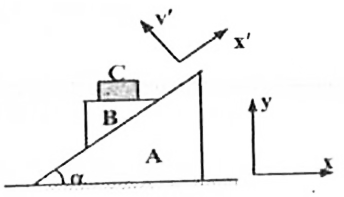
The correct Answer is:(M+m)gsinαcosαM+msin2α
Similar Questions
In the adjoining figure a wedge is fixed to an elevator moving upwards with an acceleration a. A block of mass m is placed over the wedge.Find the acceleration of the block with respect to wedge. Neglect friction
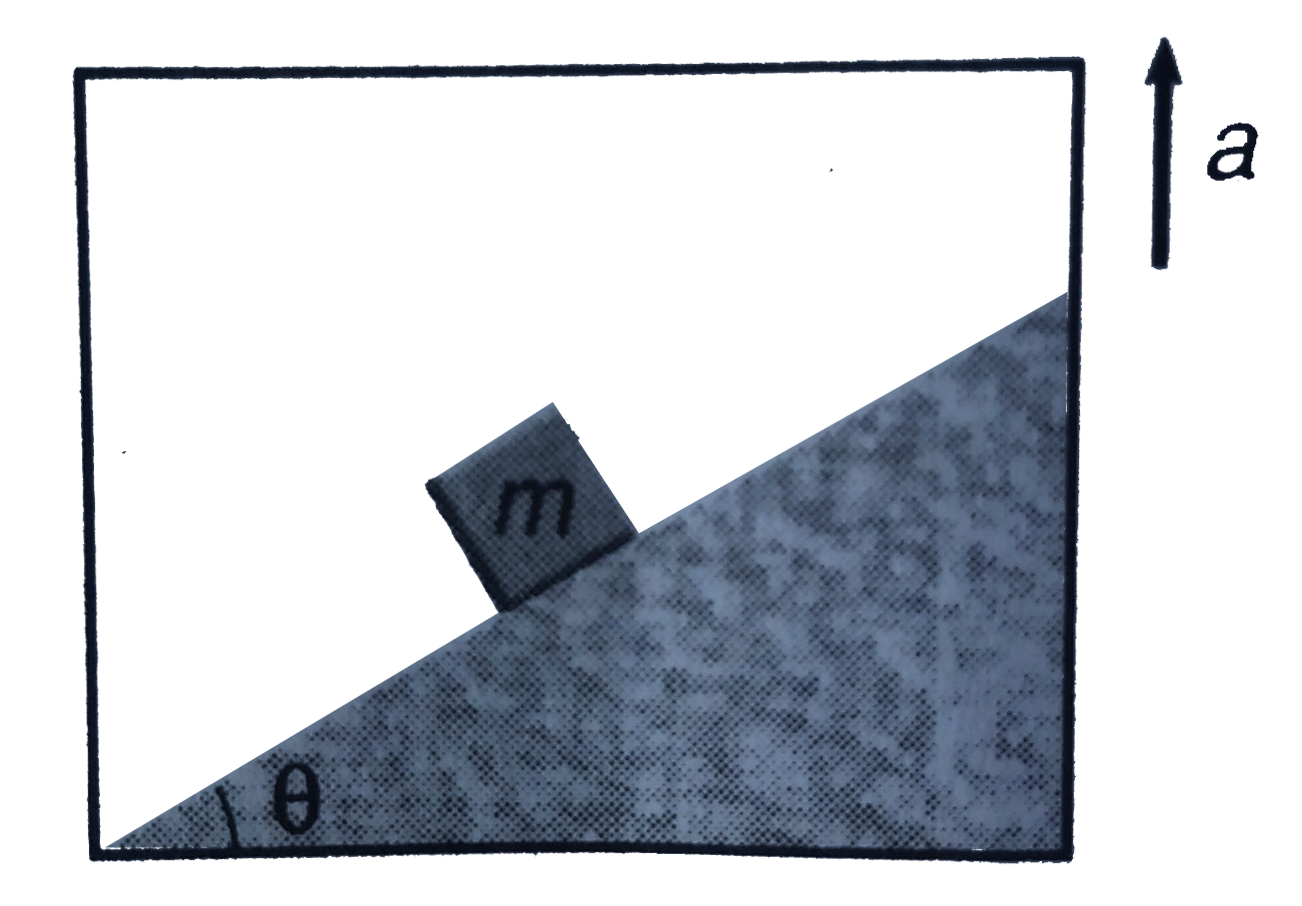
View SolutionFind the acceleration of the prism of mass M and that of the bar of mass m shown in figure.
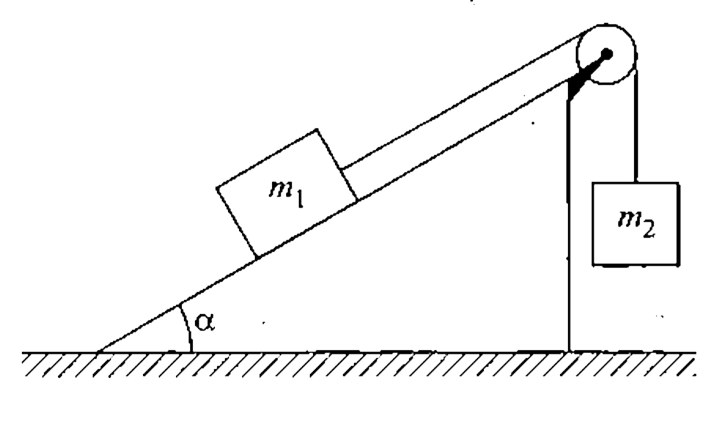
View Solution
Knowledge Check
In the system shown, the initial acceleration of the wedge of mass 5M is (there is no friction anywhere)
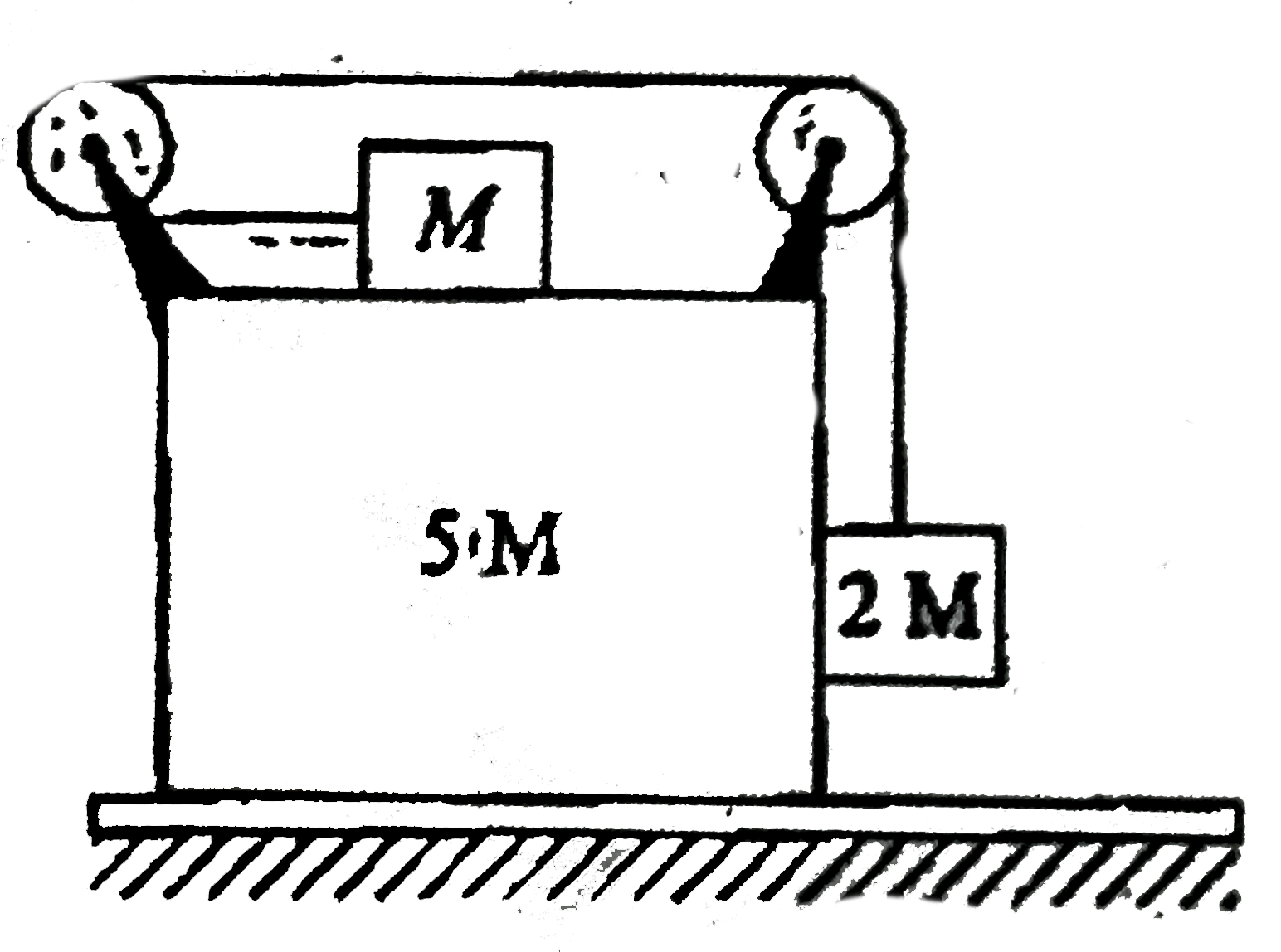 AzeroBg/2Cg/3Dg/4
AzeroBg/2Cg/3Dg/4
Find the acceleration of each block in the figure shown below, in terms of their masses m1,m2 and g. Neglect any friction.
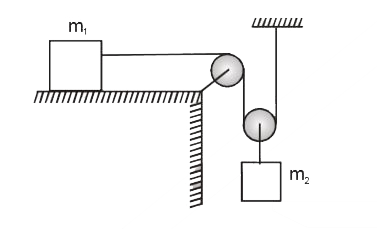
View SolutionIn terms of masses m1,m2 and g, find the acceleration of both the blocks shown in Fig. Neglect all friction and masses of the pulley.
View SolutionA block mass 'm' is kept on the ground as shown in figure.
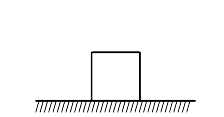
Draw F.B.D. of block.
View SolutionTwo blocks A and B of equal masses are released on two sides of a fixed wedge C as shown in figure. Find the acceleration of centre of mass of blocks A and B. Neglect friction.
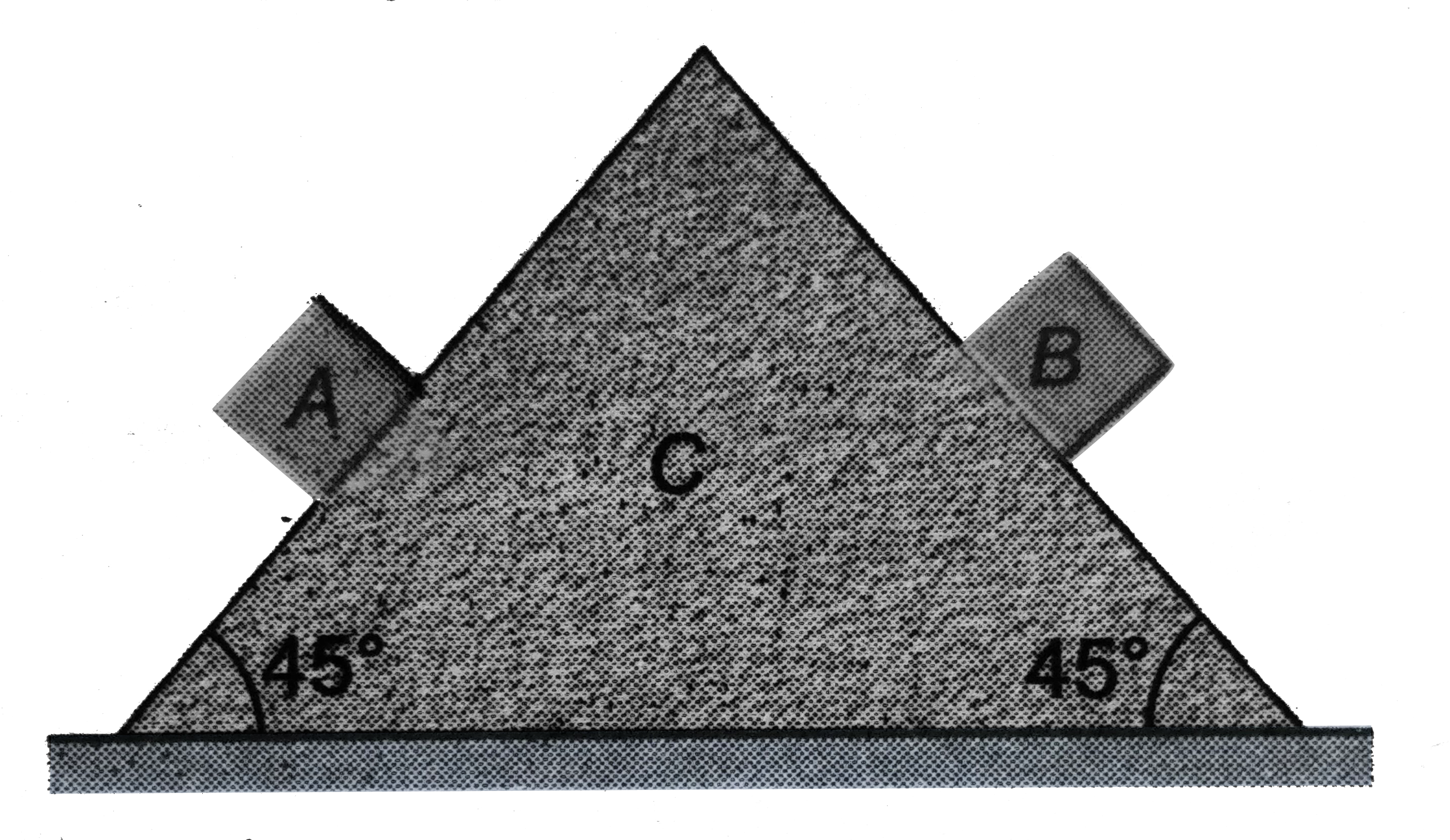
View SolutionA block of mass m is released from a wedge of mass m as shown in figure . Find the time taken by the block to reach the end of the wedge.

View SolutionIn the arrangement shown in the fig. the block of mass m lies on the wedge. Wedge is moving with acceleration a = 5 m/sec . Find the wedge acceleration of the block with respect to wedge.
View SolutionIn the arrangement shown in the fig. the block of mass m lies on the wedge. Wedge is moving with acceleration a = 5 m/sec Find the wedge acceleration of the block with respect to wedge.
View Solution

